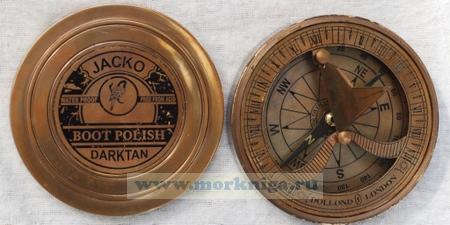Сб с 10 до 16
Power Logbook
Вахтенный журнал для моторных катеров и яхт (на англ. языке)
The main function of a logbook is to provide a logical framework for the recording of navigational and related information. It should be easy to use and flexible enough so that navigators can record all that they feel is important in a way that suits them.
No two people will use a logbook in exactly the same way so feel free to alter headings to suit your requirements.
The 'Flight Plan' section will be particularly handy for fast passage making as most of the work will be done at the passage planning stage and the 'Actual Time of Arrival / Departure' at a waypoint (usually the same time) gives you the all important time and position.
Most skippers will make use of the 'Flight Plan' and then fill out the traditional log section as events occur and at half-hourly or hourly intervals.
With a regular position logged and plotted you will be well placed to continue with confidence should your electronics fail.
The discipline of keeping a log will also help enable you to:
• Build up a better picture of the performance of your vessel in different conditions
• Build up a database of typical passage times
• Better estimate your vessel's fuel consumption in various conditions
• Record oil pressures and temperatures so that variations will stand out
• Predict likely weather trends based on barometer readings
• Record numerous passage tips for future reference.
As well as being an essential navigational record a well-kept logbook has the bonus of providing fascinating reading in later years, recording who sailed with you, where you went, the kind of weather you experienced, the wildlife encountered, where that great little restaurant was etc. The more detail you include the more interesting it will become.
This logbook also provides you with a handy place to record useful names and addresses and has season summary pages so that mileage, engine hours etc. are easily recorded.

 Компас Jacko с солнечными часами в футляре из кожи
Компас Jacko с солнечными часами в футляре из кожи  Океанское и прибрежное плавание под парусом. Международные маршруты крейсерских яхт
Океанское и прибрежное плавание под парусом. Международные маршруты крейсерских яхт  Яхтинг: теоретический курс
Яхтинг: теоретический курс